Reptiles, with their prehistoric appearance and often mysterious demeanor, communicate in ways vastly different from mammals. While they don’t wag tails or purr with contentment, these fascinating creatures have developed sophisticated systems of body language that convey their emotions, intentions, and needs. Understanding these subtle cues not only enhances our appreciation of these remarkable animals but also improves our ability to care for them properly in captivity. Whether you’re a new reptile owner, an experienced herpetologist, or simply fascinated by these ancient creatures, learning to decode reptile body language opens a window into their world. This article explores the fascinating ways reptiles communicate through posture, color changes, movements, and other behaviors that reveal much about their internal states.
The Evolutionary Basis of Reptile Communication
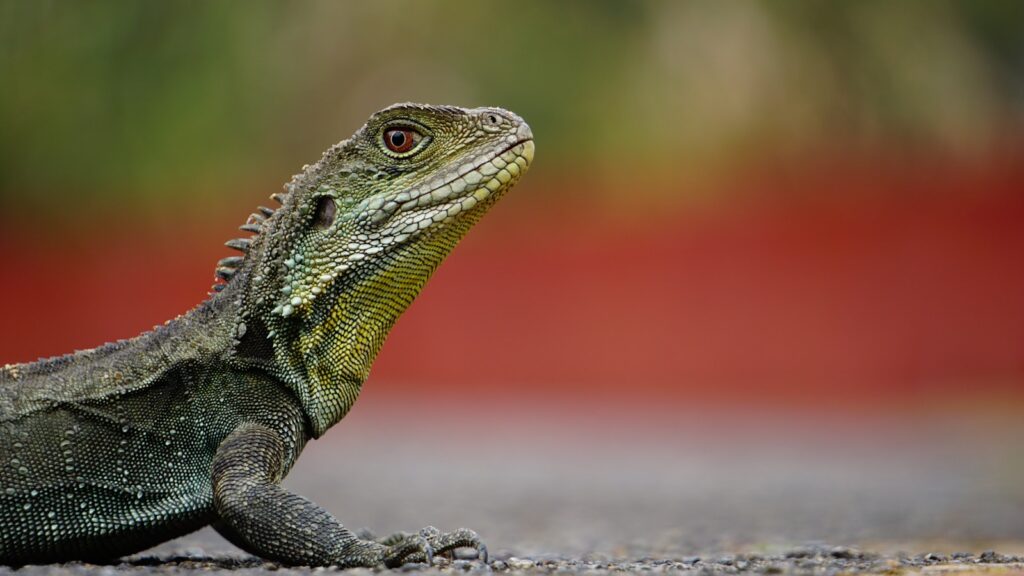
Reptiles have evolved their communication strategies over more than 300 million years, developing methods suited to their specific ecological niches and lifestyles. Unlike mammals, most reptiles lack complex vocal abilities and facial muscles for expressions, instead relying primarily on visual signals, chemical cues, and physical postures. This evolutionary adaptation reflects their cold-blooded physiology and the energy conservation strategies essential to their survival. Some communication behaviors serve multiple purposes—a basking posture that optimizes heat absorption might simultaneously signal territorial boundaries to other reptiles. Understanding these evolutionary foundations helps us interpret behaviors correctly rather than anthropomorphizing them through a mammalian lens. The ancient origins of these communication methods make them particularly fascinating, as we’re observing behaviors that have remained effective since the time of dinosaurs.
Defensive Posturing: Understanding Threat Displays
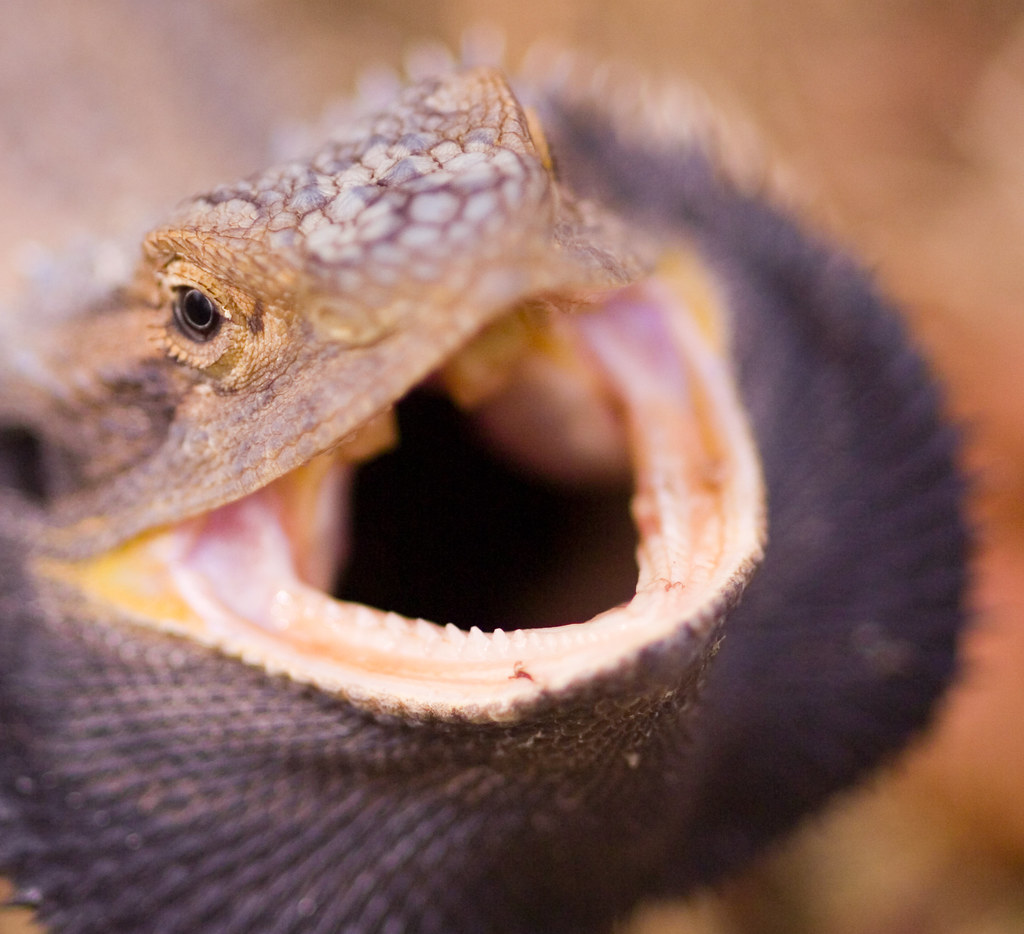
When reptiles feel threatened, they often resort to impressive defensive displays designed to deter potential predators without expending energy in physical confrontation. Snakes may flatten their necks (as in cobras), hiss loudly, vibrate their tails, or coil into striking positions even when they have no intention of actually striking. Lizards like bearded dragons dramatically flatten their bodies while extending their beards to appear larger and more intimidating to threats. Turtles and tortoises might hiss and withdraw into their shells, while some species can emit foul-smelling musk as a chemical deterrent. These defensive postures typically indicate stress and fear rather than aggression, an important distinction for handlers to recognize. Understanding these displays helps reptile keepers minimize unnecessary stress by recognizing when their animals feel threatened and adjusting their approach accordingly.
Territorial Behaviors and Dominance Signals

Many reptile species establish and defend territories, particularly during breeding seasons, using distinctive behaviors to communicate ownership and dominance. Male iguanas and monitors may perform push-up displays, bobbing their heads and bodies in species-specific patterns that signal dominance to rivals. Chameleons often display vibrant color changes, inflate their bodies, and rock back and forth when challenging competitors for territory or mates. Crocodilians engage in complex dominance rituals involving raised postures, jaw gaping, and distinctive vocalizations to establish hierarchy without resorting to potentially injurious fights. These territorial displays generally increase in intensity gradually, allowing rivals opportunities to retreat before physical confrontation becomes necessary. Recognizing these behaviors helps keepers avoid housing incompatible individuals together and can provide early warning signs of potential aggression in captive settings.
The Language of Color Changes
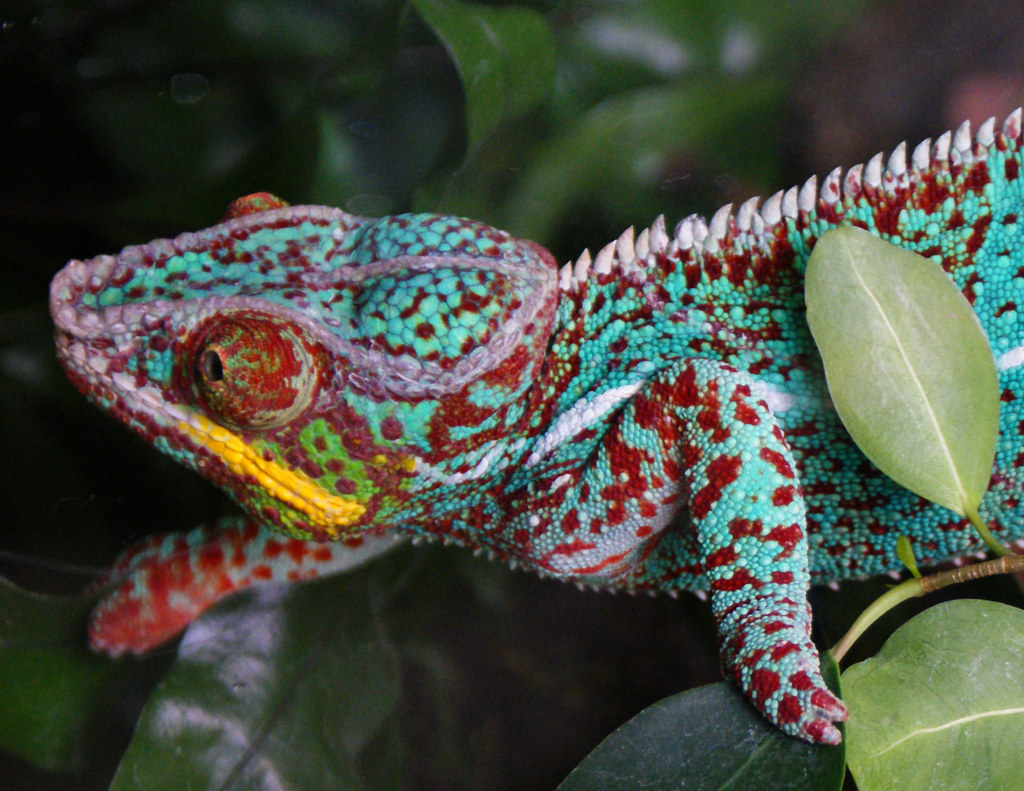
Color change represents one of the most dramatic forms of reptile communication, particularly evident in chameleons, anoles, and certain gecko species. Contrary to popular belief, these changes often serve communication purposes rather than simple camouflage. Male chameleons display bright, contrasting colors during territorial disputes or courtship, while showing darker, subdued tones when submissive or stressed. Female color changes often signal receptivity to mating or, conversely, rejection of male advances. In some species, rapid color pulsing can communicate specific messages to nearby conspecifics, almost like a visual Morse code. Environmental factors including temperature, light levels, and background colors can also influence reptile coloration, sometimes making interpretation challenging for observers. Understanding the context of color changes helps distinguish between normal communication and potential health concerns in captive reptiles.
Courtship Rituals and Mating Behaviors

Reptile courtship rituals range from subtle to spectacular, often involving complex sequences of behaviors that have evolved to ensure successful reproduction. Male tortoises may engage in ramming contests with rivals before pursuing females, then perform distinctive head-bobbing movements and circling behaviors around potential mates. Many snake species engage in combat dances where males intertwine their bodies, each trying to pin the other’s head to the ground in a competition for mating rights. Lizards often display species-specific pushup sequences, head bobs, and color displays to attract females, sometimes accompanied by physical touches or biting behaviors that might appear aggressive to casual observers. Females typically signal receptivity through subtle postures or chemical cues, or alternatively, rejection through avoidance behaviors or defensive posturing. Understanding these natural mating behaviors helps breeders provide appropriate conditions for successful captive breeding programs.
Basking Behaviors and Thermoregulation Signals
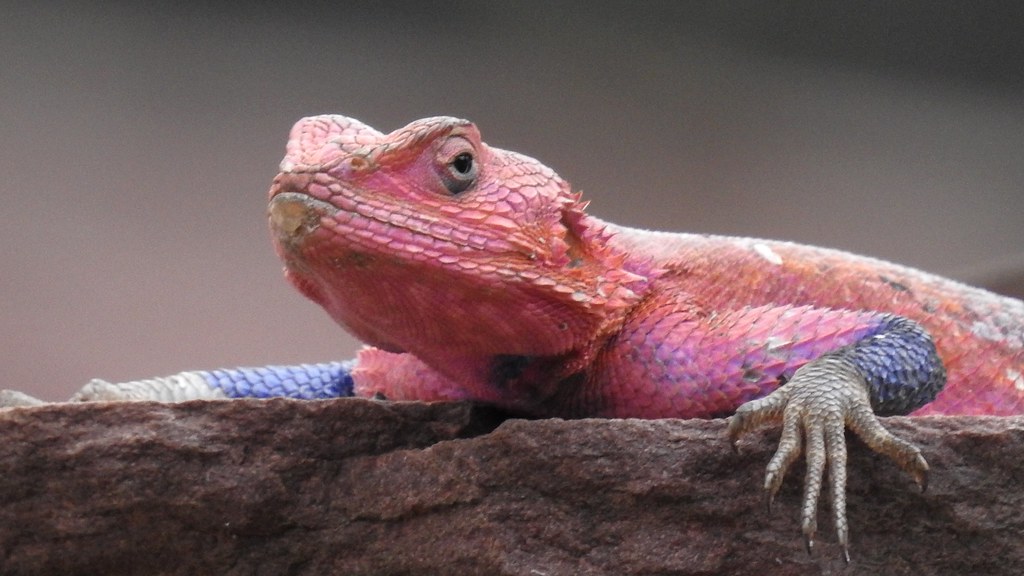
As ectotherms, reptiles rely on environmental heat sources to regulate their body temperature, and their postures while doing so communicate important information about their physiological state. The classic spread-eagled posture seen in many basking lizards maximizes surface area exposed to heat sources while elevating the body from potentially hot surfaces. Turtles stretching their necks and limbs while basking are not just warming up but also engaging in essential exposure to UV radiation for vitamin D synthesis. Mouth-gaping behaviors often seen in bearded dragons and other lizards during basking is called gular pumping, a thermoregulatory behavior that helps prevent overheating. Changes in these typical basking patterns can signal health issues—a reptile that stops basking entirely or basks excessively may be experiencing illness, parasites, or inappropriate habitat temperatures. Recognizing normal versus abnormal thermoregulatory behaviors provides crucial insights into reptile welfare and health status.
Feeding Responses and Hunting Behaviors
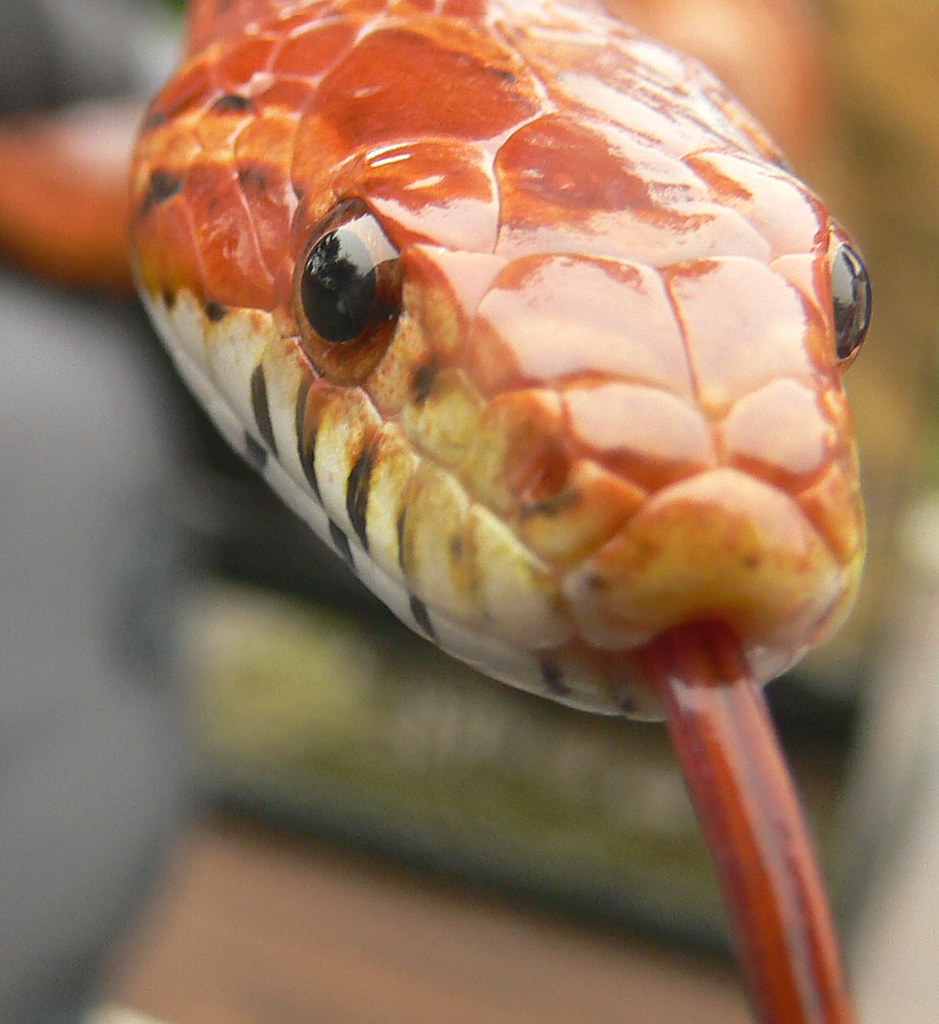
Reptile feeding behaviors reveal much about their internal states and can help keepers assess both health and comfort levels. Many species display distinctive excited behaviors when they detect food, such as tongue-flicking increases in snakes and monitors, or alert head postures and focused attention in lizards. Hunting strategies vary dramatically between ambush predators like pythons, which remain perfectly still until prey approaches, and active foragers like tegus, which actively search their environment with frequent tongue-flicking to detect prey scents. Defensive posturing during feeding can indicate food aggression or insecurity about resources, particularly in captive settings where multiple animals might compete for food. Refusing food often signals stress, illness, or improper environmental conditions, though many species naturally reduce or cease feeding during breeding seasons, shedding periods, or brumation. Understanding species-specific feeding behaviors helps owners distinguish between normal variation and potential health concerns.
Stress Signals and Discomfort Indicators
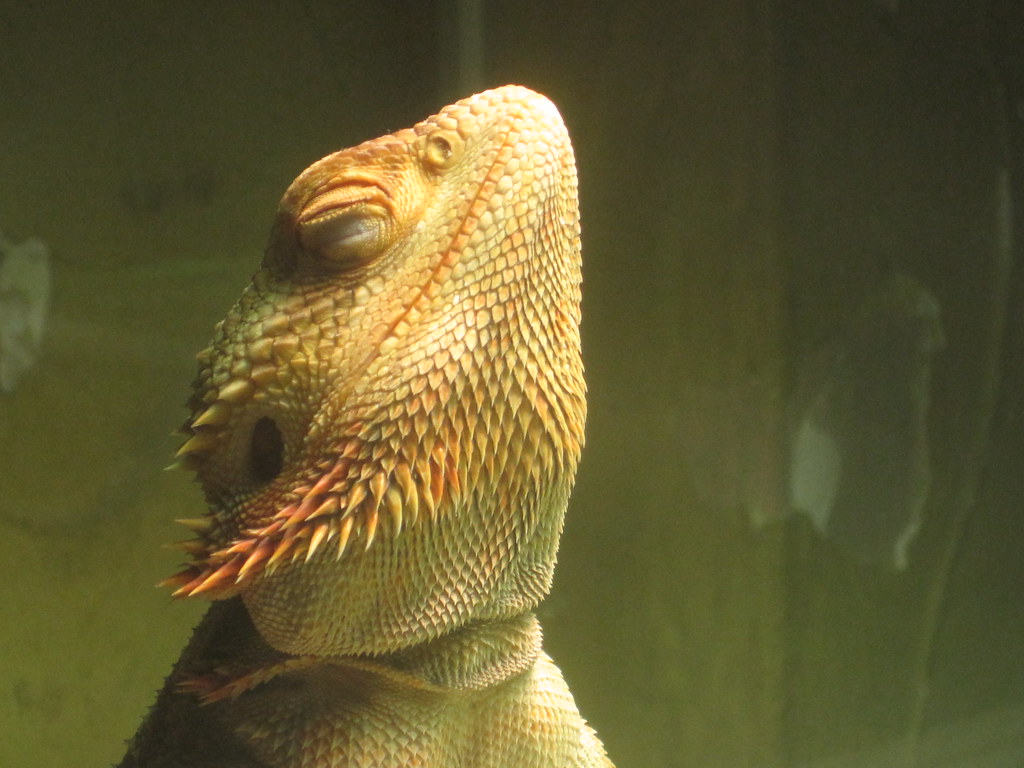
Recognizing signs of stress in reptiles is crucial for their welfare, as chronic stress can suppress immune function and lead to serious health issues. Glass surfing—repetitive pacing or climbing against terrarium walls—often indicates stress from inappropriate enclosure size, lack of hiding spots, or the presence of perceived threats outside the enclosure. Excessive hiding, particularly in normally active species, may signal stress from handling, inappropriate temperatures, or feeling exposed and vulnerable. Color darkening, particularly around the head or in patches, frequently indicates stress in many lizard species, while rapid breathing or open-mouth breathing (when not thermoregulating) suggests acute stress or respiratory issues. Stress-related behaviors are particularly important to recognize because reptiles cannot vocalize their discomfort like mammals, making these subtle signals their primary means of communicating distress to attentive keepers.
Social Interactions Among “Solitary” Species
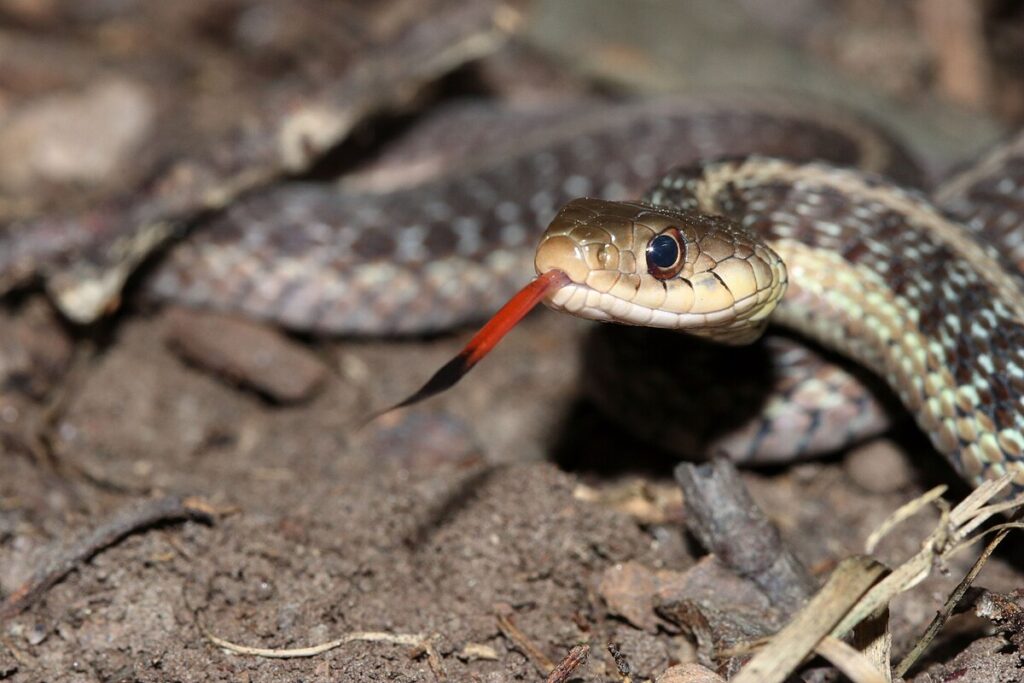
While many reptiles are traditionally considered solitary, research increasingly reveals sophisticated social interactions in numerous species. Certain skink species form family groups where parents protect offspring, recognizing relatives through chemical cues and behaving differently toward family members versus unrelated individuals. Garter snakes communicate hibernation site locations through pheromone trails, leading to communal hibernation that increases survival rates during harsh winters. Some monitor lizard species demonstrate complex social hierarchies in the wild, with dominant individuals maintaining access to prime basking and feeding areas through subtle postural communications that prevent physical confrontations. Even typically solitary species like corn snakes may use chemical signals left by conspecifics to determine territory quality or mate availability. These discoveries challenge traditional views of reptiles as purely instinctual animals and highlight the complex communication systems that underpin their social lives.
Chemical Communication and Scent Marking
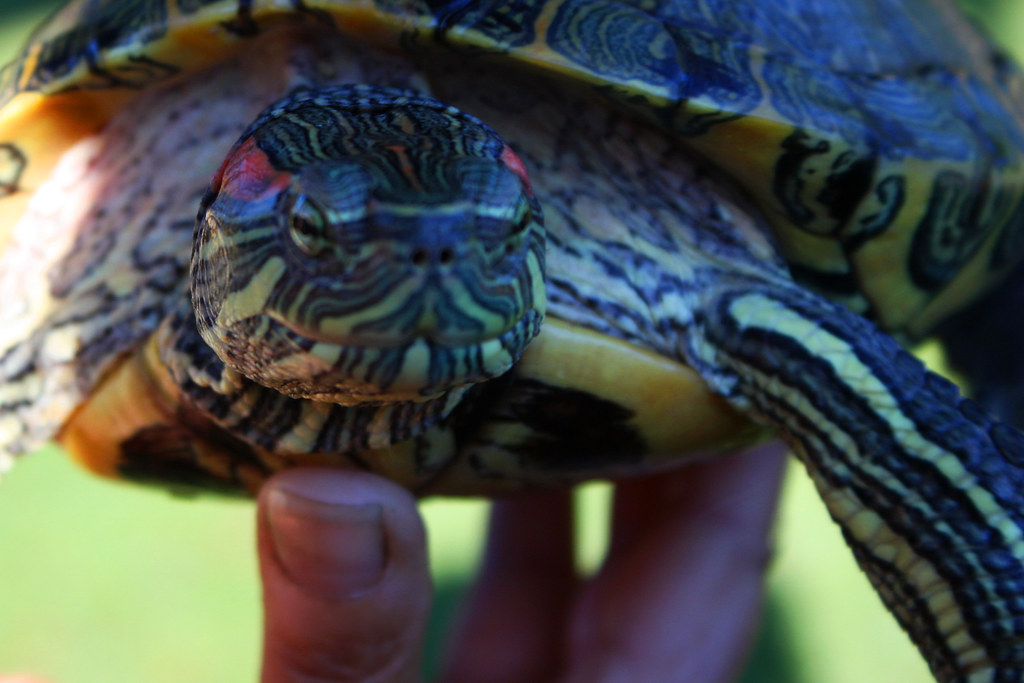
Chemical signals constitute a primary but often overlooked communication channel for many reptiles, forming an invisible language detectable only through specialized sensory organs. The forked tongues of snakes and many lizards collect airborne particles and transfer them to the vomeronasal organ in the roof of the mouth, allowing these animals to essentially “taste” their environment for chemical messages. Many male lizards possess femoral pores that secrete pheromones used to mark territories and attract mates, with the distinctive drag-marks of their hind legs serving as visual indicators of these chemical signposts. Turtles and tortoises often release specific scents from glands near their chins or in their shells, using these chemical signals to identify suitable mates or establish dominance without physical confrontation. These chemical communications can persist in the environment for extended periods, creating a temporal dimension to reptile communication that visual signals cannot achieve. Understanding this invisible aspect of reptile communication helps explain seemingly mysterious behaviors where animals appear to respond to empty space.
Vocalization: The Unexpected Voice of Reptiles
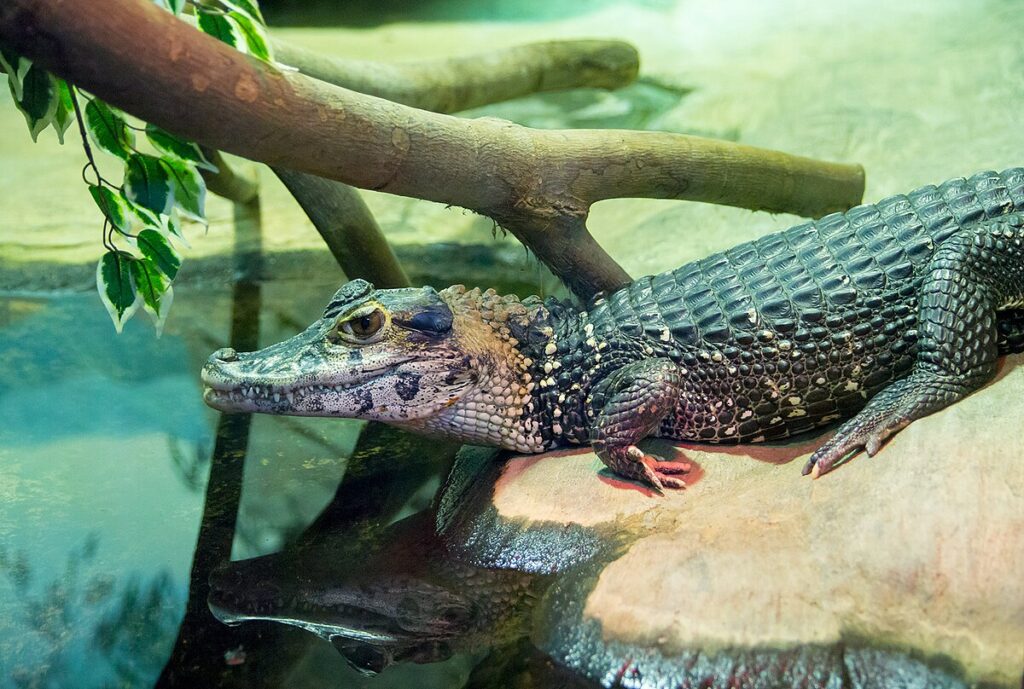
While reptiles lack the vocal complexity of birds and mammals, many species produce distinctive sounds that serve important communication functions. Crocodilians possess perhaps the most sophisticated reptilian vocal repertoire, using bellows, hisses, and distinctive juvenile calls that allow mothers to recognize their offspring even among dozens of hatchlings. Many geckos produce chirping or barking vocalizations during territorial disputes or courtship, with different species having recognizably distinct calls. Even typically silent snakes can produce sounds beyond defensive hissing—male pine snakes create low-frequency sounds by vibrating their bodies against substrates during breeding season, while some rat snakes produce subtle clicking sounds during courtship. Turtles, often considered silent, may emit distinctive hisses, grunts, or even peculiar squeaking sounds during mating interactions. These vocalizations, though limited compared to mammalian communication, demonstrate that sound plays a more significant role in reptile communication than previously recognized.
Reading Body Language in Captive Settings
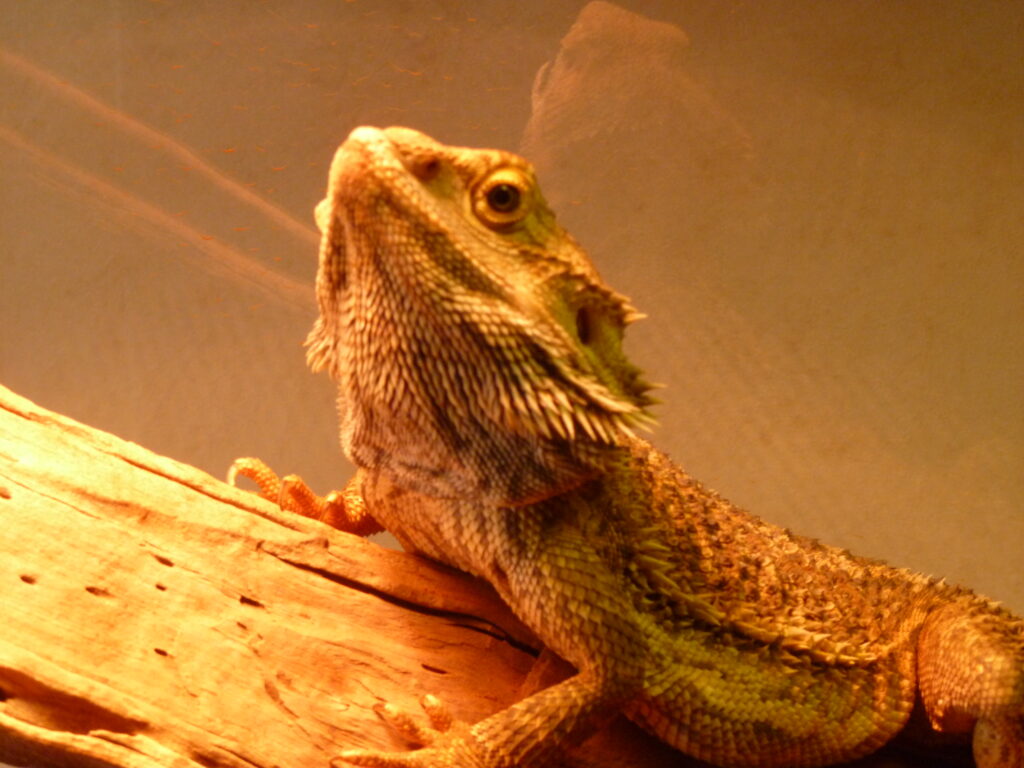
Interpreting reptile body language in captivity requires understanding how natural behaviors manifest in artificial environments, where signals might become exaggerated or distorted. A bearded dragon repeatedly waving one foreleg, which mimics submissive behavior in the wild, often indicates recognition of its reflection in the terrarium glass, mistaking it for another dragon. Head-bobbing directed at human observers may represent either territorial display or, in habituated individuals, a form of recognition and association with feeding. Pressing against terrarium walls near food preparation areas suggests anticipatory behavior rather than stress in well-adjusted captives. Consistent gaping behavior not associated with basking may indicate respiratory infection rather than normal thermoregulation, particularly when accompanied by mucus or audible breathing sounds. Learning to distinguish between normal behavioral adaptations to captivity and signs of poor welfare requires careful observation over time and familiarity with species-specific baseline behaviors.
Applying Behavioral Knowledge to Improve Reptile Care
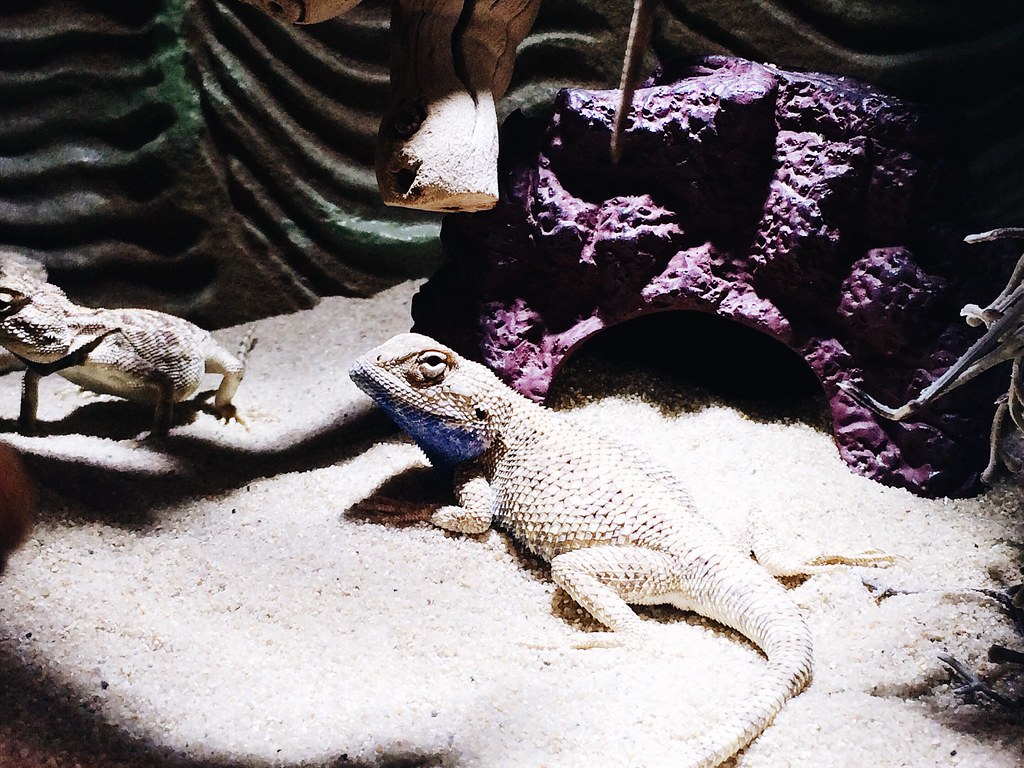
Understanding reptile body language translates directly into improved husbandry practices that support physical and psychological well-being in captivity. Recognizing defensive posturing during handling allows keepers to adjust their approach, perhaps giving nervous animals more time to acclimate to human presence before attempting contact. Providing appropriate territorial spacing prevents stress signals from escalating into harmful aggression between housed specimens, particularly important for species with strong territorial instincts. Creating microhabitats that allow natural thermoregulatory behaviors encourages healthy activity levels and feeding responses. Familiarity with normal versus stress-induced color changes helps keepers identify and address environmental factors causing discomfort before health problems develop. Most importantly, understanding the subtle communication systems of reptiles helps dispel the misconception that these animals are “primitive” or lacking emotional responses, fostering greater respect for their complex behavioral needs and evolutionary adaptations. This knowledge ultimately bridges the communication gap between human keepers and their reptilian charges, creating more successful and ethical captive environments.
Conclusion
Reptiles may not communicate with the obvious signals that mammals display, but their body language is no less sophisticated or meaningful. From the dramatic color changes of chameleons to the subtle head-bobbing patterns of lizards, these ancient animals have developed rich communication systems perfectly adapted to their evolutionary needs. Learning to read these signals not only deepens our appreciation for reptilian complexity but also significantly improves our ability to provide appropriate care in captivity. By understanding the defensive postures, territorial displays, stress indicators, and social signals that make up reptile body language, we can better interpret their needs and respond appropriately. This knowledge forms the foundation of ethical reptile keeping and contributes to our ever-expanding understanding of these fascinating survivors from prehistoric times. Whether in the wild or in our homes, reptiles are constantly communicating—we need only learn their language to understand what they’re saying.

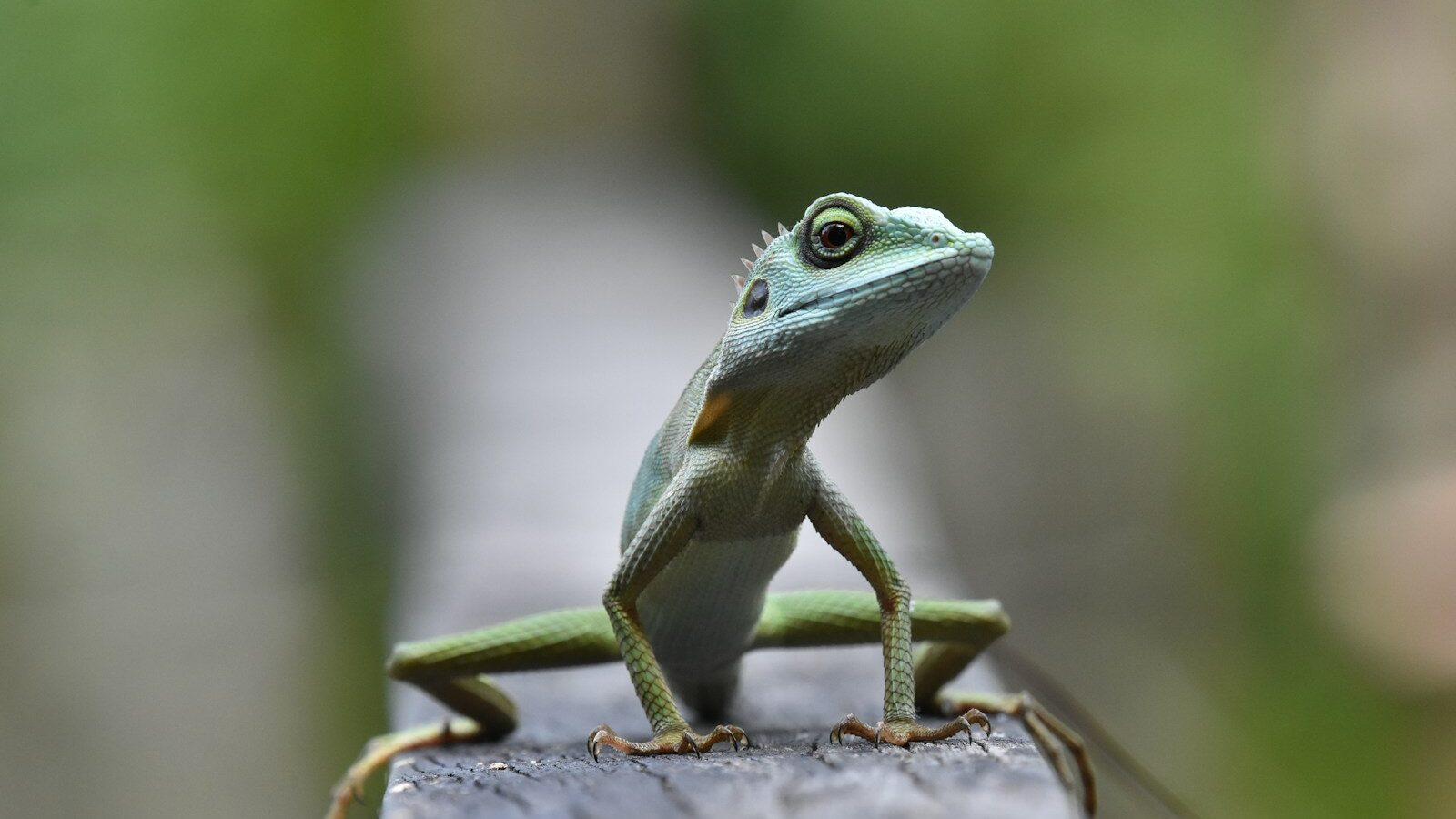

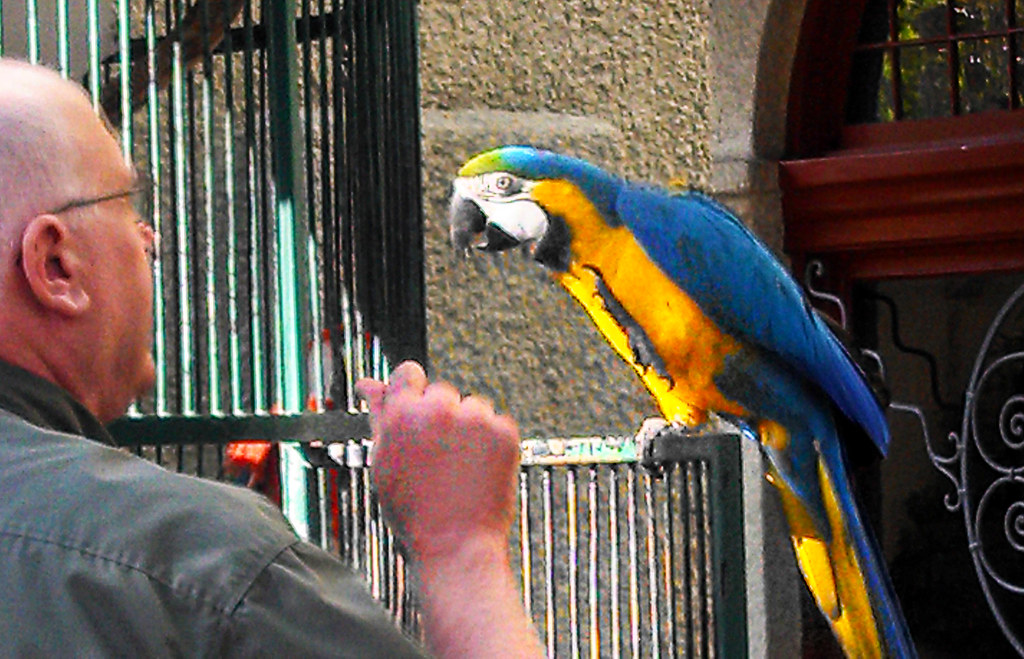
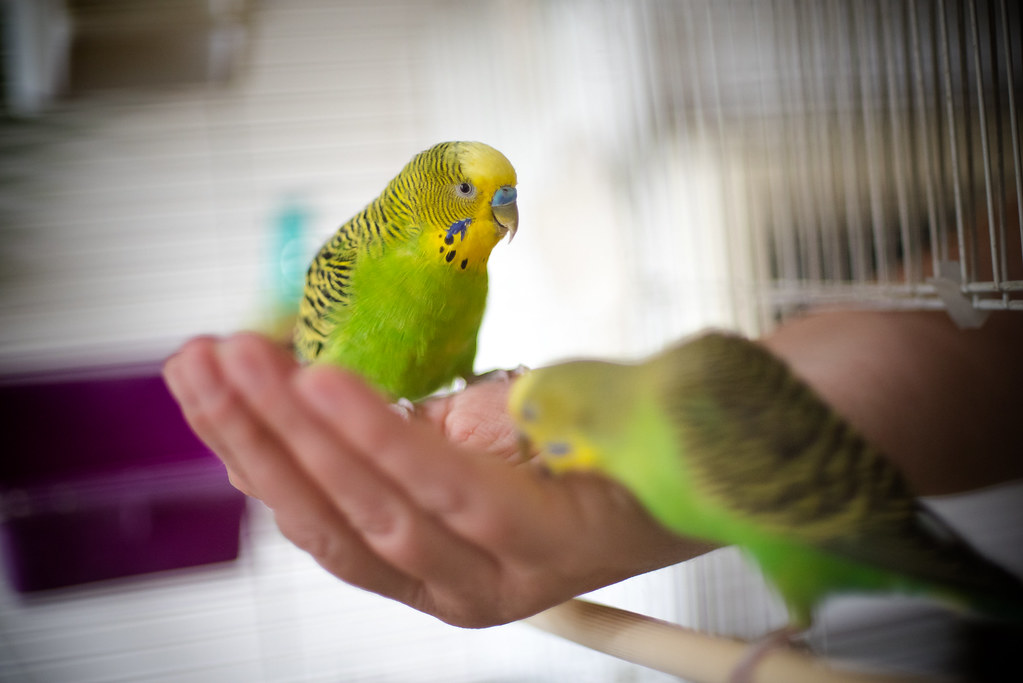
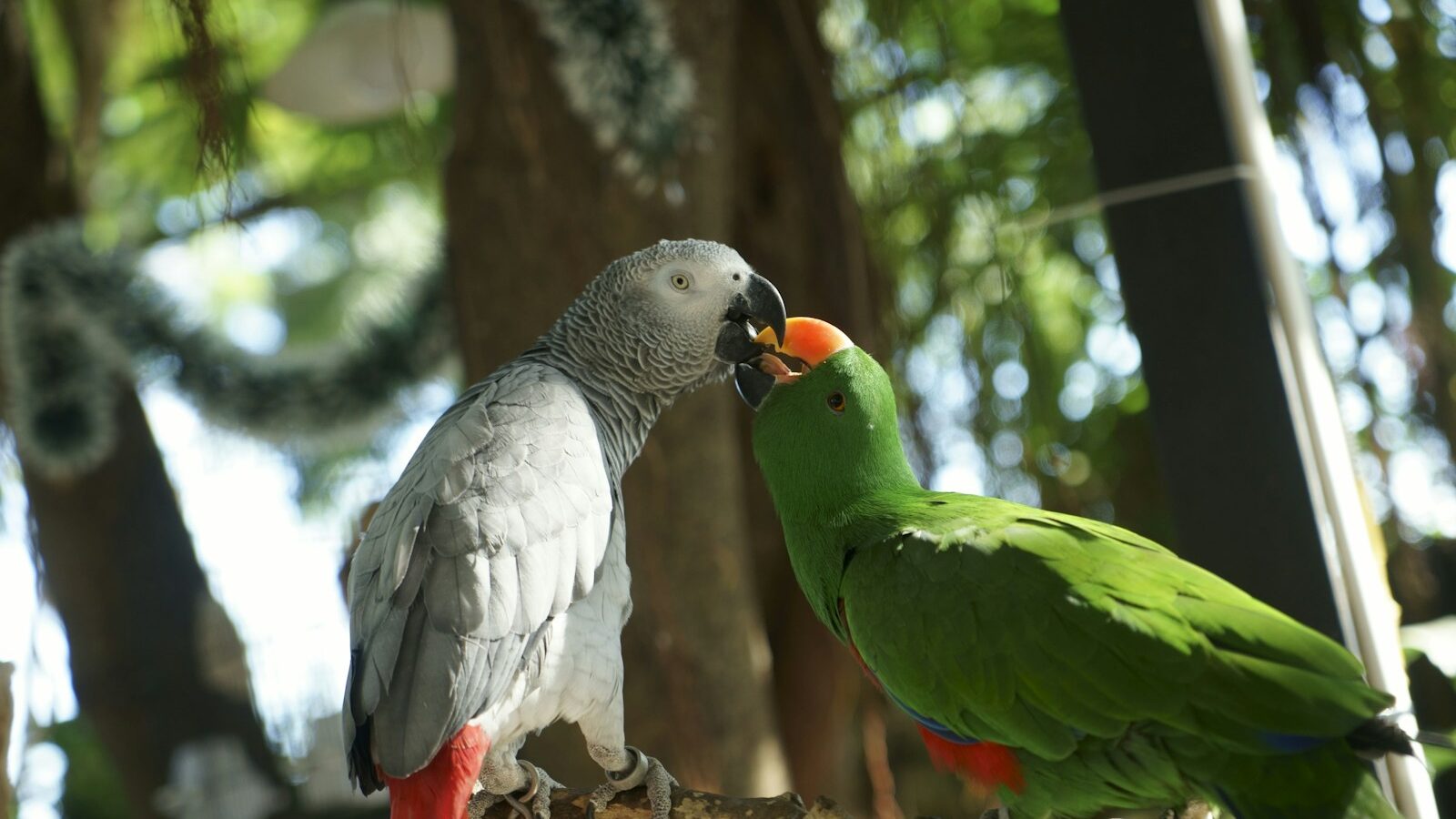
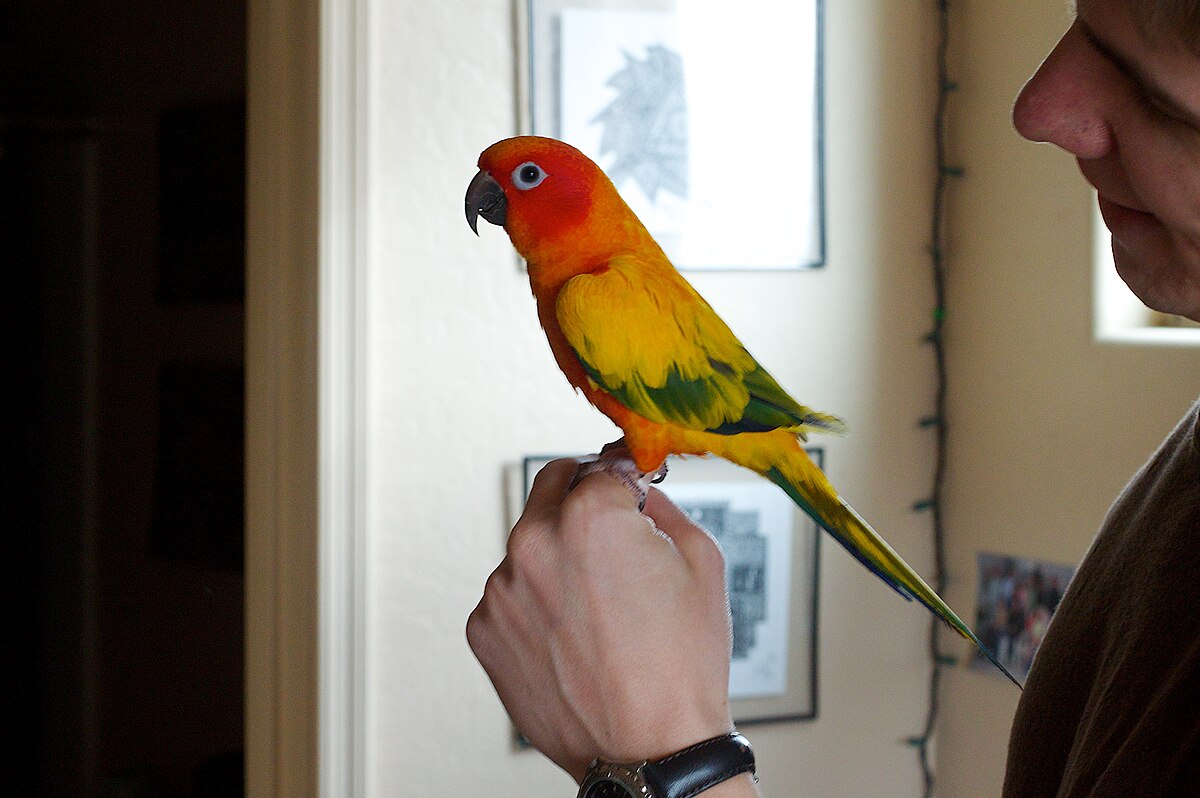


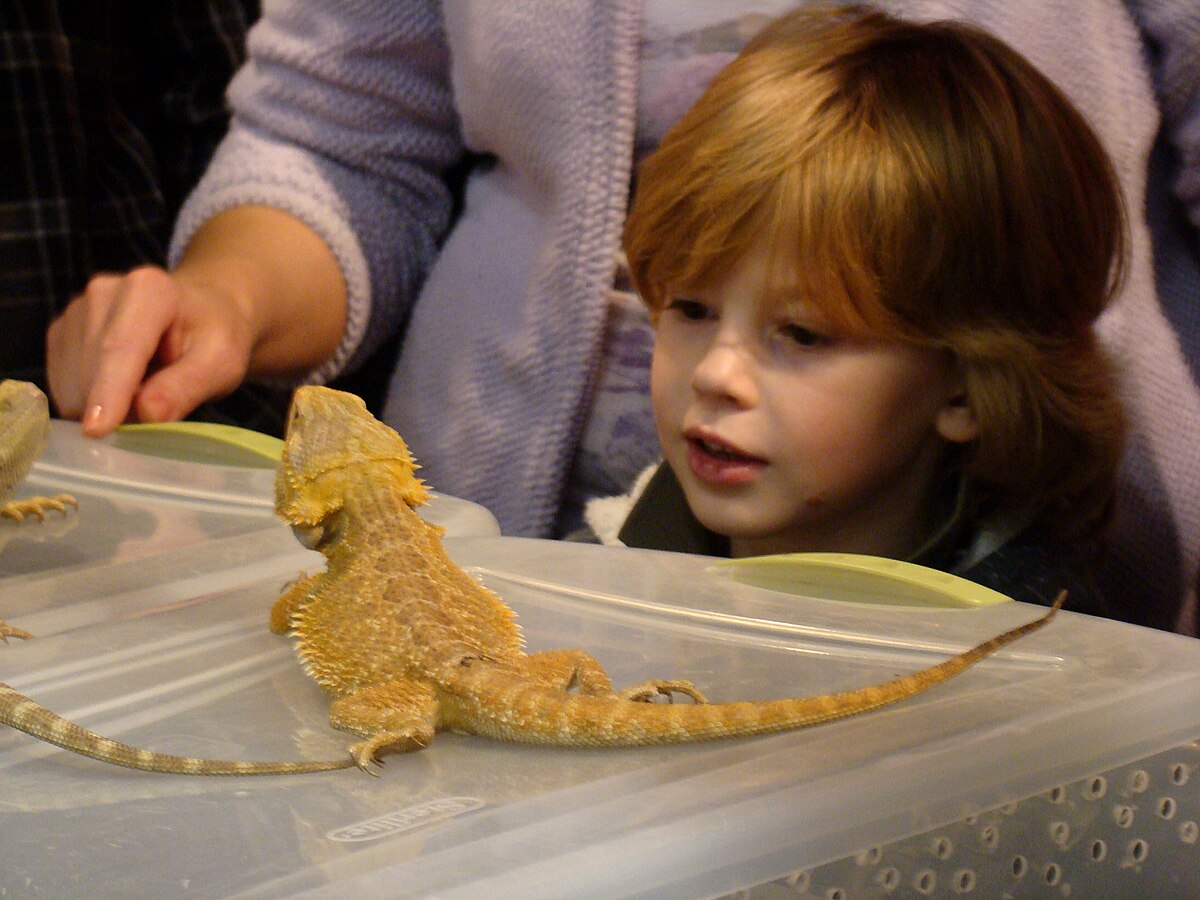
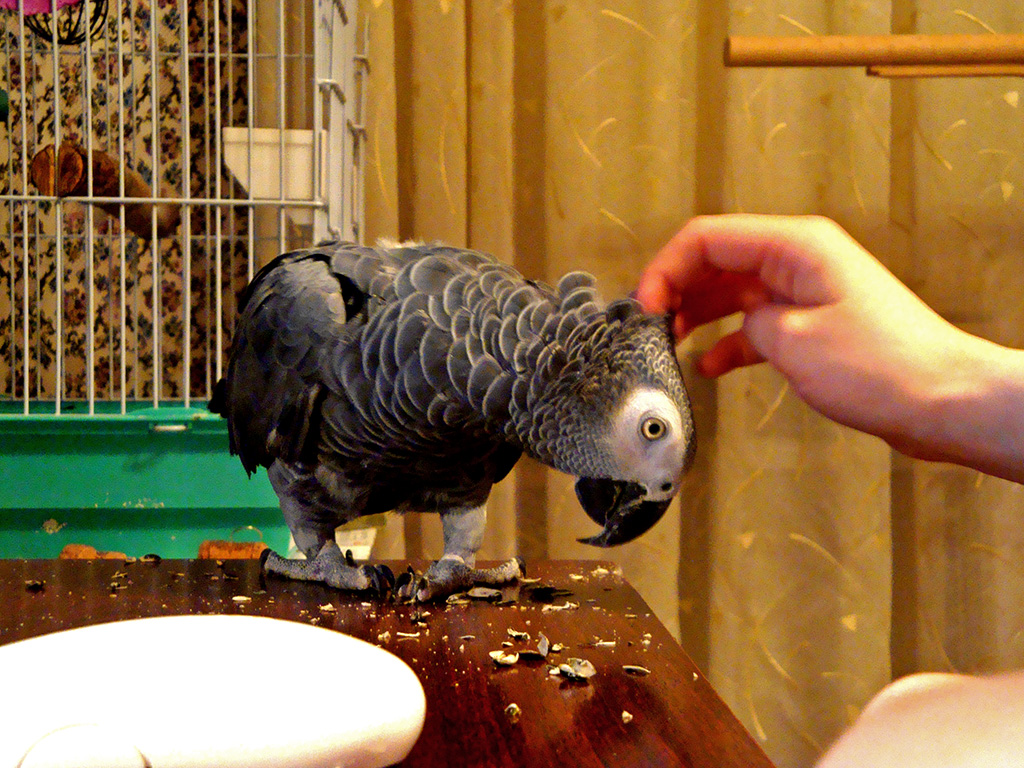
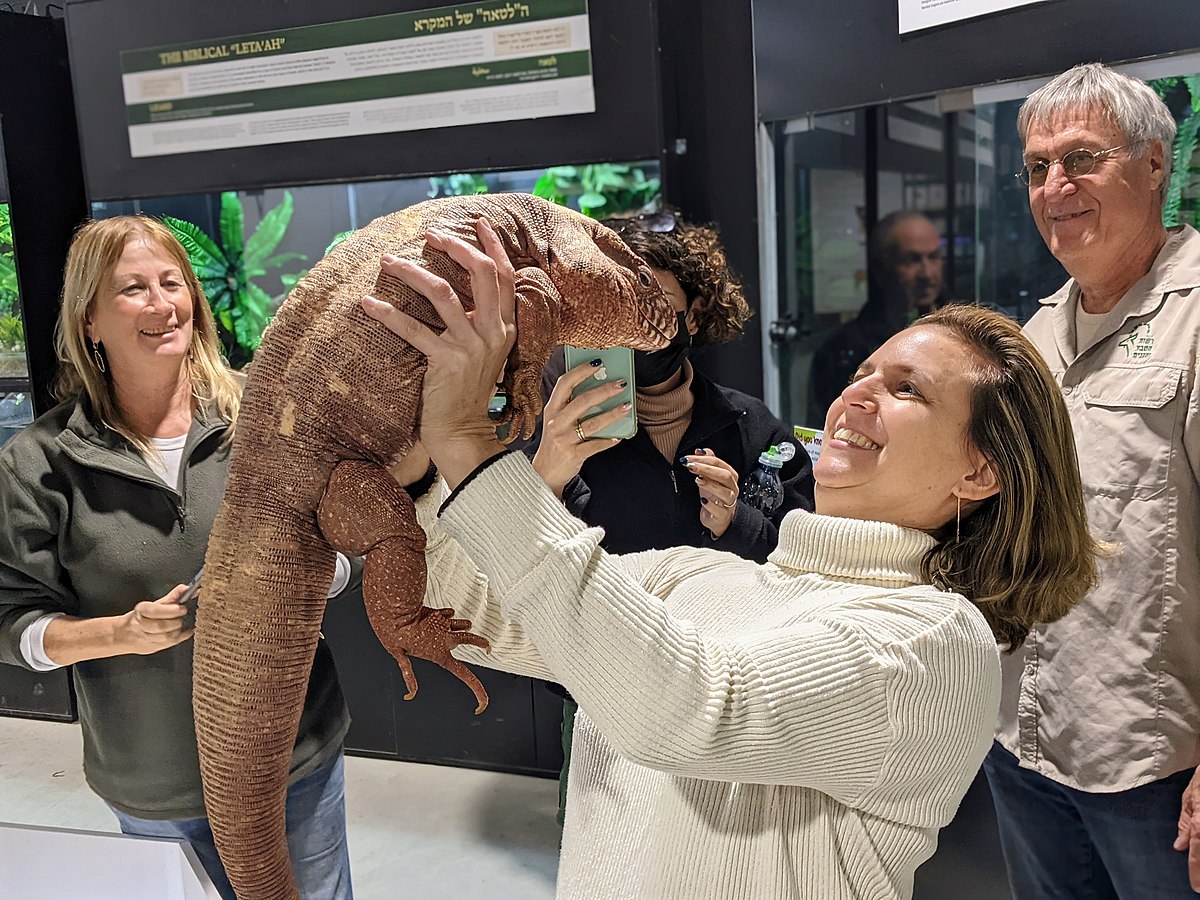



Leave a Reply